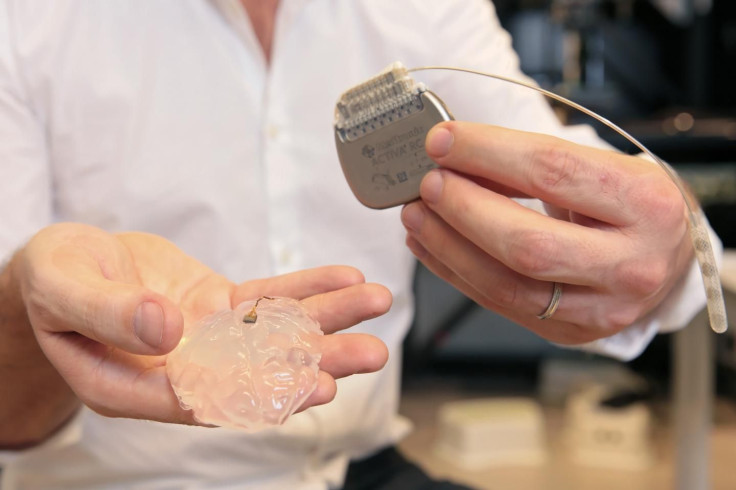Wireless Hope To Cure Paralysis After Monkeys With Spinal Injuries Walk Again

An international team of researchers, mainly from Europe, has made a breakthrough that could help humans with spinal cord injuries overcome the paralysis caused by the injuries, especially the inability to walk.
Using a neural prosthetic — a wireless brain-spine interface — to bypass spinal cord injuries in monkeys, the scientists restored the animals’ ability to walk despite them having a temporarily paralyzed leg. And according to the scientists, it is the first time such a method has been used to restore movement to the legs in nonhuman primates.
Brown University in Rhode Island was the only U.S. institution involved in the research, and according to a statement on its website, the brain-spine interface is made up of a neurosensor that is embedded in the brain and a spinal stimulator implanted in the spine. Both the devices are wireless and talk to each other through an external computer.
The pill-sized neurosensor records signals from the brain’s motor cortex — the part of the brain that controls movement — and sends them to the computer. The computer, in turn, decodes the signals and sends them on to the spinal stimulator, which is in the area just below where the injury is. The electrical stimulation prods the spinal nerves that affect locomotion.
The calibration of decoding the brain signals was achieved by implanting the neurosensor and the stimulator in healthy rhesus macaques, based on which the brain signals could be mapped onto the animals’ leg movements.

David Borton, assistant professor of engineering at Brown and one of the study’s co-lead authors, said in the statement: “The system we have developed uses signals recorded from the motor cortex of the brain to trigger coordinated electrical stimulation of nerves in the spine that are responsible for locomotion. With the system turned on, the animals in our study had nearly normal locomotion.”
Researchers hope a similar system can be designed to help humans with spinal cord injuries, but that could be a long time away in the future.
Grégoire Courtine, leader of the research collaboration and a professor at Ecole Polytechnique Federale Lausanne in Switzerland, said: “There are many challenges ahead and it may take several years before all the components of this intervention can be tested in people.”
The research, titled “A brain–spine interface alleviating gait deficits after spinal cord injury in primates,” was published Monday in the journal Nature.
Nine male monkeys were harmed to undertake the research, according to the Los Angeles Times, which reported the experiments were carried out in China, where laws on animal testing “are not as stringent as those in the United States” but conform to those of the European Union. Spinal cords of the monkeys were partially cut to cause paralysis in one leg.
© Copyright IBTimes 2025. All rights reserved.




















